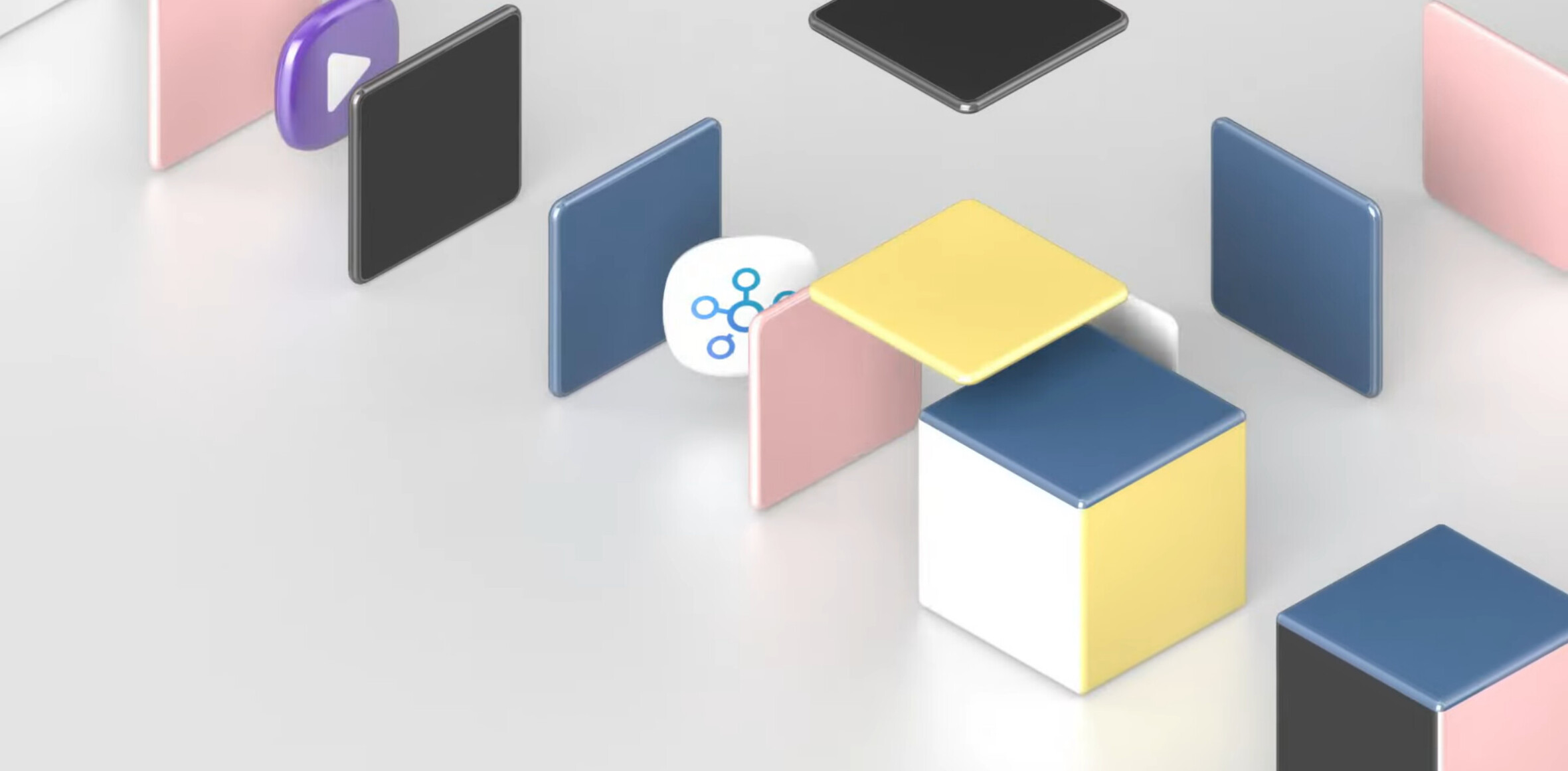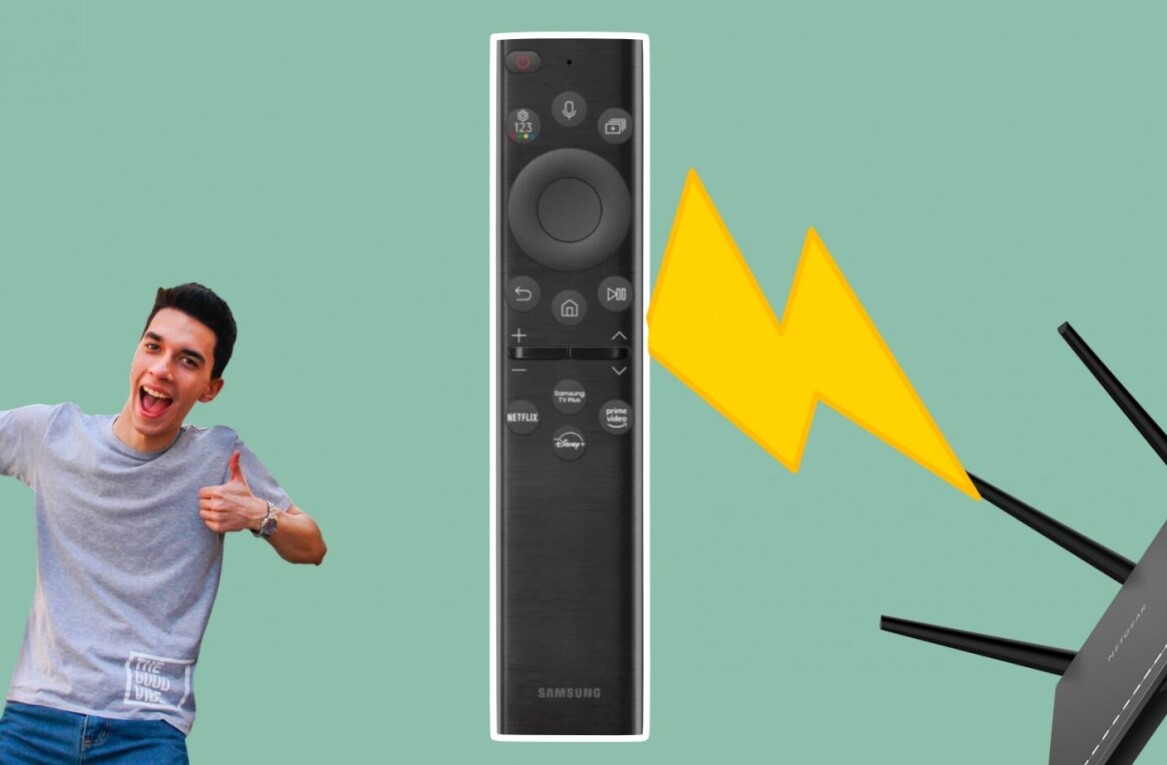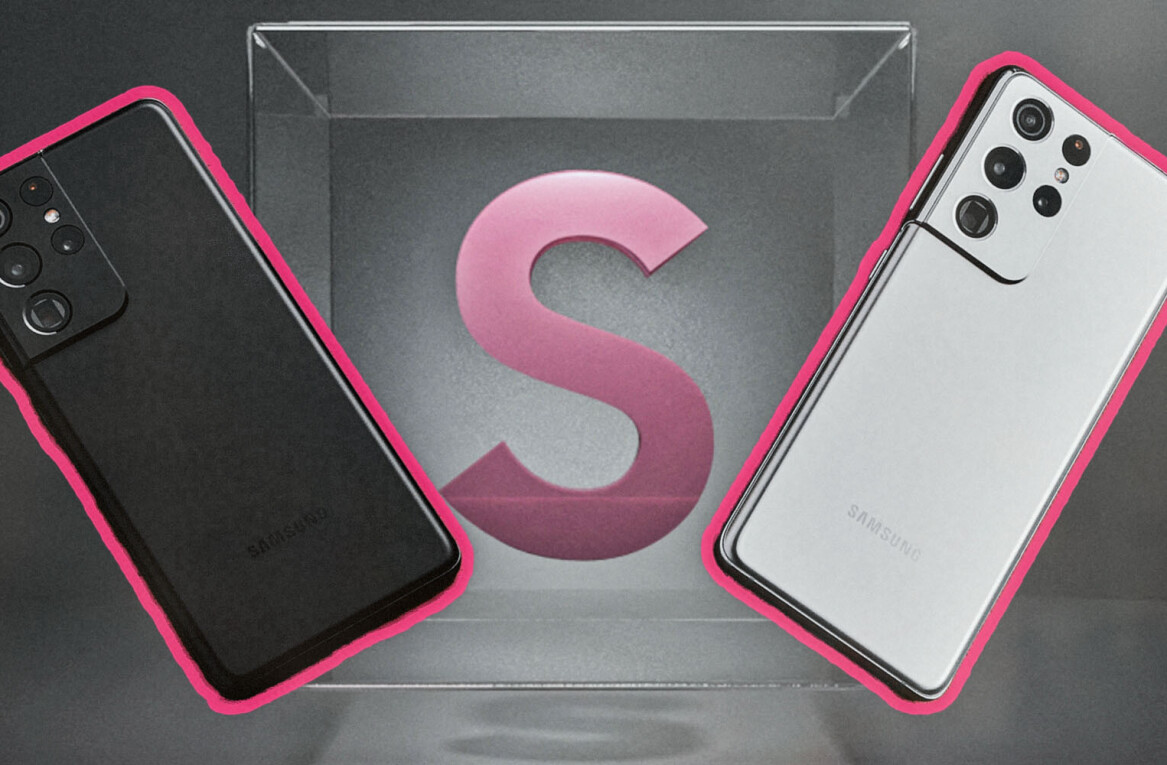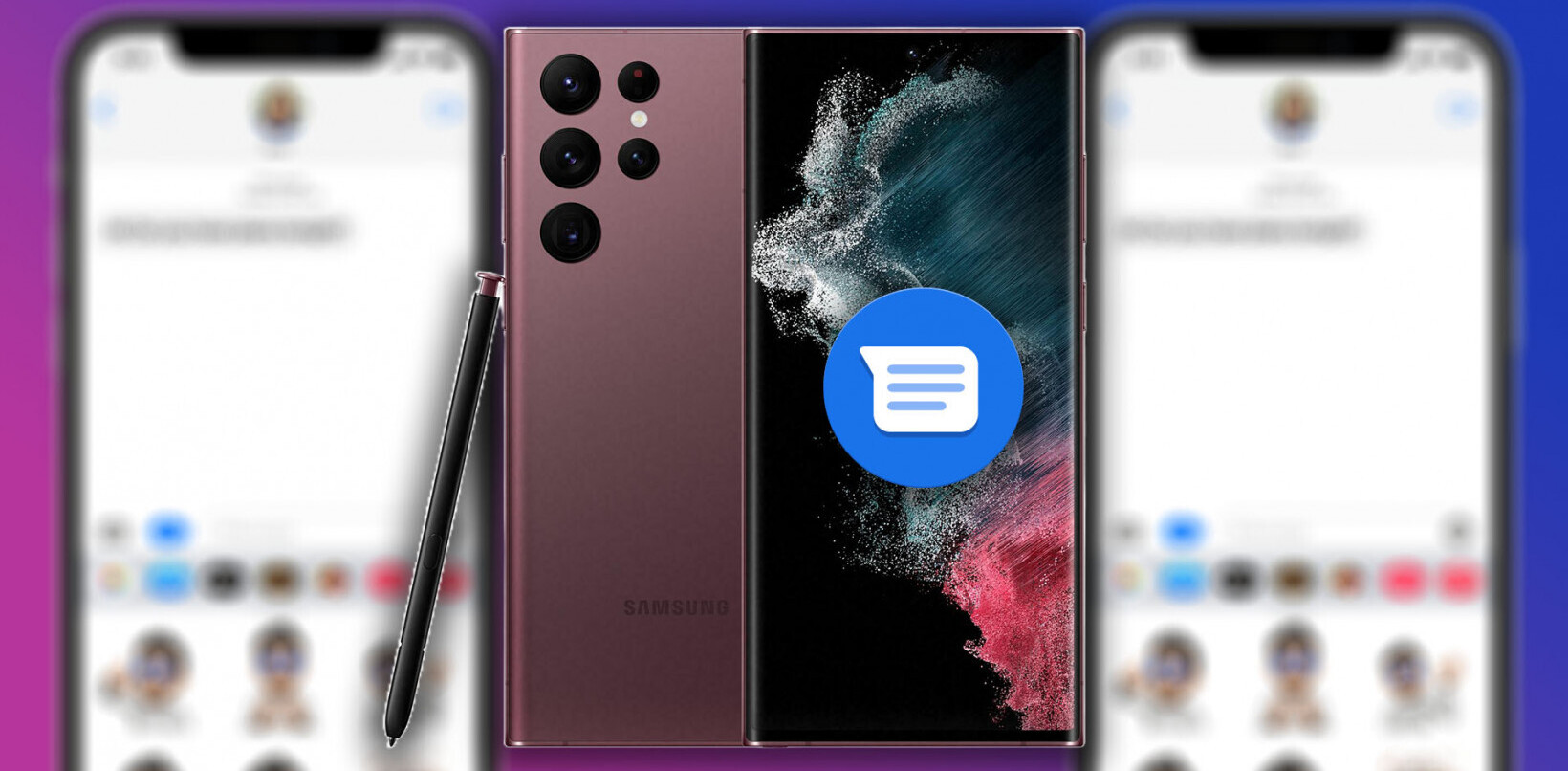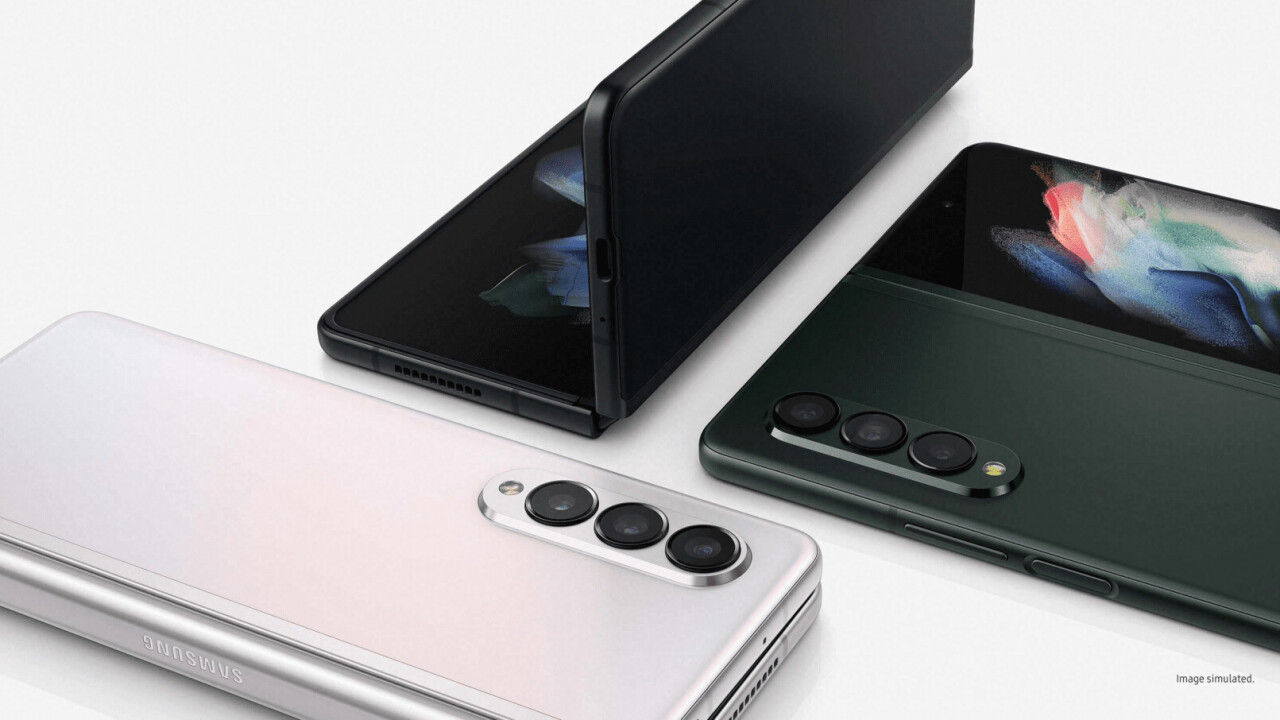
It’s been a couple of years since folding phones first hit the market, but I’ve yet to actually see one in the wild. And it’s not hard to imagine why; despite their futuristic promise, folding phones have typically been too fragile and expensive for regular people — or even many power users — to actually consider.
Samsung’s Galaxy Z Fold 3 and Z Flip 3, announced today at the company’s Unpacked event, might finally cross over into the mainstream. That’s in no small part due to a reduced price tag — a rarity in the phone market — of $1,799 and $999, respectively.

For reference, last year’s models cost $2,000 and $1,450 at launch, so the Z Fold, in particular, has become a lot more affordable. As sad as it is, $1,000 is a typical price for a flagship smartphone these days, so it might just cross that mental barrier.
On the durability front, these are Samsung’s first folding phones with water resistance (IPX8), so you don’t have to worry about a little rain ruining your pricey foldable. Samsung also says its new ‘Armor Aluminum’ chassis is the strongest aluminum on a Galaxy phone, while Gorilla Glass Victus helps protect against scratches and cracks on the rear of the devices.
The flexible screens themselves have a new flexible protective film and a panel that is “80% more durable than previous foldable devices.” The hinges have been reinforced and made smaller too, helping the device be thinner and lighter than its predecessor.

The Z Fold 3 includes a variety of improvements, the most notable of which may be support for the S-Pen, which helps fill in the gap left by the lack of a Galaxy Note phone this year. Although it doesn’t store in the device — there’s an optional S-Pen case — it does feature a retractable tip that’s meant to protect the display against too much force being used.
The Fold 3’s display is also now 29 percent brighter while consuming less energy, according to Samsung, and both the inner and outer panels support 120Hz adaptive refresh rates. Samsung has also made a number of software tweaks, including an App Pair function that allows you to reopen dual apps in the same layout whenever you want.
Oh yeah, it’s also Samsung’s first phone with an under-display selfie camera — under the flexible screen, the cover screen has a regular cut out — so that’s pretty neat.
Here are some other key specs on the Z Fold 3:
- 7.6-inch flexible AMOLED display (2208×1768 resolution)
- 6.2-inch outer display (2278×832 resolution)
- 12GB RAM
- 256/512 GB storage
- “5 nm 64-bit octa-core processor,” so a Snapdragon 888 in the US
- 4,400 mAh battery
- 25W fast charging
- Wireless and reverse wireless charging
- Triple rear 12MP cameras(wide, ultrawide, telephoto)
The biggest change to the Z Flip 3, meanwhile, is actually in the exterior ‘cover screen,’ which is now four times larger and therefore much more useful for managing notifications and messages without opening the phone. The interior screen is also getting a bump to 120Hz for that premium smooth scrolling.
Rounding out the specs are:
- 6.7-inch AMOLED display (2640×1080 resolution)
- 1.9-inch cover screen (260×512 resolution)
- Dual 12 MP cameras (wide, ultrawide)
- 8GB RAM
- 128/256 GB storage
- 3,300 mAh battery
- 15W fast charging

While these aren’t the best specs on the market, the devices’ lower price point, increased durability, and literal flexibility may just be enough to bring them into the mainstream this time around.
Of course, the proof is in the pudding, so we’ll learn more once we get our hands on the phones. In particular, I want to know whether durability really holds up and if the screen size to battery size ratio is practical in the real world. But for those already interested, the devices are available to pre-order today, and will be available August 27.
Get the TNW newsletter
Get the most important tech news in your inbox each week.
